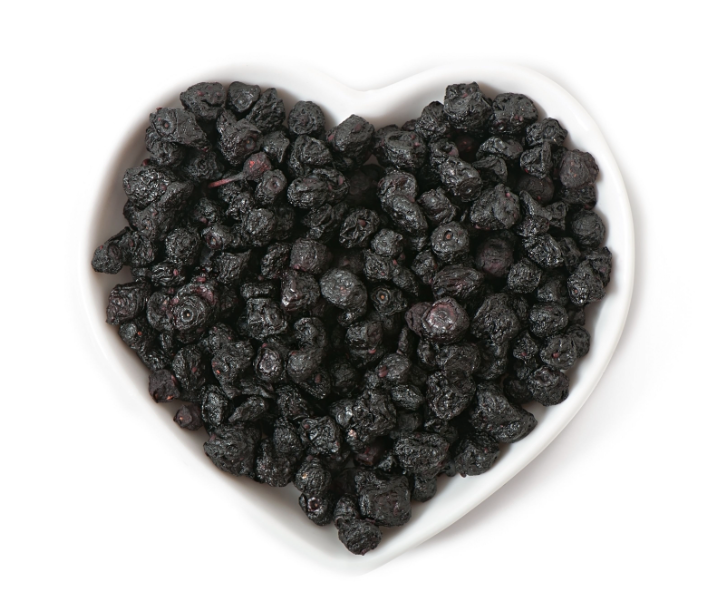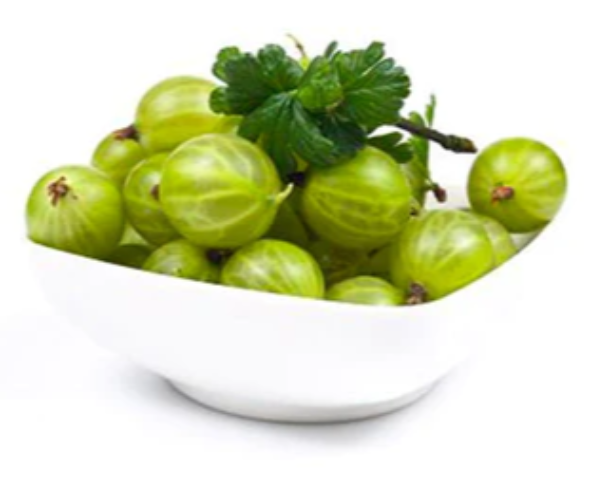Four Fascinating Facts about Sea Buckthorn Berries
The sea buckthorn’s scientific name, Hippophae, means “shiny horse” as it was the plant the ancient Greeks chose to feed their horses to ensure lustrous coats. Perhaps due to their vibrant color, sea buckthorn berries are said to be the food source for the mythological winged Greek horse, Pegasus. Legend has it that sea buckthorn berry juice is liquid gold, giving Pegausus the power to soar through the skies. And as interesting as that piece of information is, there’s four more fascinating facts you need to know about sea buckthorn berries.
What are Sea Buckthorn Berries?
Sea buckthorn (Hippophae rhamnoides) berries typically grow on river banks, mountain slopes, and seashores in Asia, Europe, and North America. The plant is a thorny, deciduous shrub with yellow-green flowers and bright yellow, orange, and red berries. The berries have a tart, passion fruit flavor and can be consumed fresh or cooked.
It’s not just mythical beings and horses that find health boosts from these plants. Humans also benefit from sea buckthorn berries! These berries, which have been used in Chinese and Tibetan treatments for thousands of years, are collected in autumn and winter in Asia for medicinal purposes.
These golden berries have an intriguing history that spans a millennia, perhaps making it the first superfood before the word superfood was ever invented! The following are four fascinating facts about the remarkable sea buckthorn berry.
- Sea Buckthorn Berry Juice is Liquid Gold
China declared sea buckthorn drinks as the official sports beverage for their athletes in the 1988 Seoul Olympic games. In that year, China won a total of 28 medals, with 5 of them gold. Was sea buckthorn berry juice their golden ticket? It could very well have been. (01)
Studies into sea buckthorn berries effects on the body show that the juice stabilizes metabolism and enhances energy production through cardiovascular effects and changes in gut microbiota. The plant’s phytochemical and nutritional composition boosts the body’s endurance and makes energy use more efficient. You don’t have to be an Olympic athlete to benefit from sea buckthorn berry juice, anyone can consume this liquid gold. (02)
- Sea Buckthorn for High Altitudes
The first documented medicinal use of sea buckthorn was recorded in an 8th century Tibetan medical text called the Gyud Bzi, which translates to the The Four Books of Pharmacopeia. The ancient Tibetan medical text refers to sea buckthorn berries frequently, and recommends the consumption of sea buckthorn for people traveling at high altitudes. The berries were thought to alleviate altitude sickness and promote endurance. (03)
Interestingly, research published in the journal Molecule found that sea buckthorn berry flavonoids may work as an alternative treatment for high-altitude polycythemia (HAPC) and other high-altitude related illnesses. Sea buckthorn berries may increase arterial blood gas levels and adjust heart rate to accommodate changes in altitude, making the berries useful in high-altitude situations. Studies suggest administration of sea buckthorn berry could prevent and treat HAPC and other altitude-related illnesses. (03)
- Solar Radiation and Sea Buckthorn Berries
Flying in space comes with numerous dangers, one of which is solar radiation. The sun is a ball of continuous nuclear fusion reactions, which radiate solar radiation. Most of this radiation is either absorbed or dispersed by the Earth’s atmosphere. In essence, the earth’s atmosphere protects humans from solar radiation emitted by the sun. People who fly into space, however, lose the atmosphere’s protection. (04, 05)
From the start of the Russian space program in the 1940s until today, sea buckthorn berries have been used by Russian cosmonauts to prevent cellular damage from cosmic radiation. Russian scientists have devoted decades to investigating compounds within the leaves, berries, and bark of the sea buckthorn plant.
In 1993, Russian cosmonauts ingested sea buckthorn berry juice as part of their aerospace diet to help counter the effects of solar radiation. Sea buckthorn berries have exceptionally high levels of antioxidants like vitamin C, vitamin E, tocopherols, flavonoids,catechins, and carotenoids. These antioxidants may assist with counterring the cellular injury resulting from free radicals, like in solar radiation. (04, 05)
- Sea Buckthorn Berries are More Orange than Oranges
A nickname used for sea buckthorn berries is “Siberian Pineapple,” but the name is not as accurate as you’d think. Rather than having a tropical flavor, sea buckthorn berries taste more like citrus fruits, similar to lemon and oranges. This citrus-like flavor comes from their high ascorbic acid content. This berry’s vitamin c content puts oranges to shame! Sea buckthorn berries have a whopping 400 milligrams of vitamin C per 100 grams. In contrast, oranges have a wimpy 53 milligrams of vitamin C per 100 grams. These golden berries also contain a formidable list of powerful vitamins, like vitamin A, B vitamins, vitamin E, and vitamin K along with healthy fatty acids. (06, 07)
Chances are, most people have already consumed sea buckthorn berries in one form or another. Their citrusy flavor makes them a popular addition to common jams, juices, and candies. The sea buckthorn berry’s high nutrient content and delicious tangy flavor also makes them an ideal flavoring for drugstore medications and supplements. For example, many over-the-counter throat lozenges and multivitamin gummies use sea buckthorn berries to make their product taste more palatable for consumers. (06, 07)
Enjoy Sea Buckthorn Berries
You don’t have to fly into space or ride a Pegasus to enjoy sea buckthorn berries. You can order them from Northwest Wild Foods! Try our fresh frozen wild sea buckthorn berries to benefit from the protein building amino acids, vitamins, healthy fatty acids, and at least 60 antioxidants within this ‘miracle berry.’ Start your day with an antioxidant boost by adding dried sea buckthorn berries to your morning tea. Sea buckthorn berries are also included in our fresh frozen superberry antioxidant blend. Throw this medley of berries into your smoothie or dessert to experience a true powerhouse of yummy goodness.
Resources:
(01) https://www.mdpi.com/2304-8158/11/16/2481
(02) https://www.ncbi.nlm.nih.gov/pmc/articles/PMC8431556/
(03) https://www.ncbi.nlm.nih.gov/pmc/articles/PMC6269044/
(04) https://www.thepharmajournal.com/archives/2018/vol7issue5/PartD/7-4-93-428.pdf
(05) http://omafra.gov.on.ca/english/crops/facts/seabuckthorn.htm
(06) https://pubmed.ncbi.nlm.nih.gov/19021790/
(07) http://www.ncbi.nlm.nih.gov/pubmed/19021790


